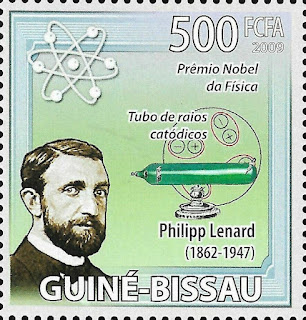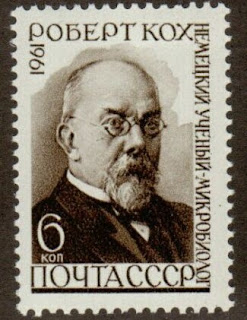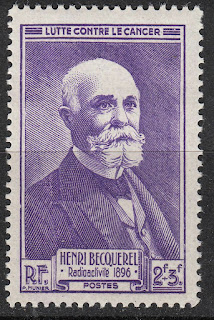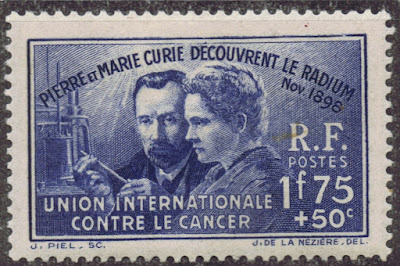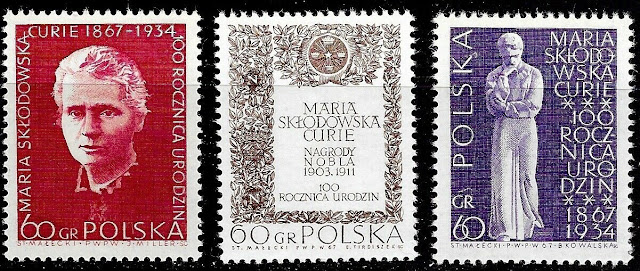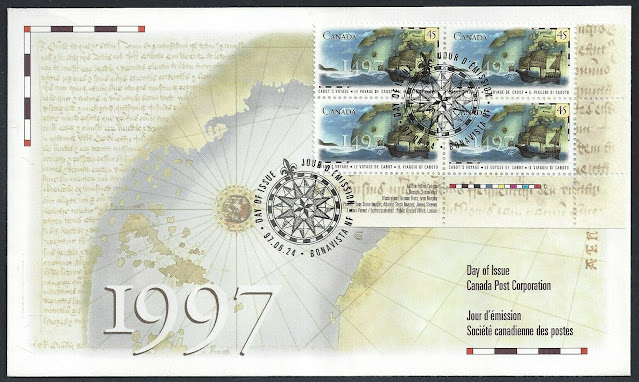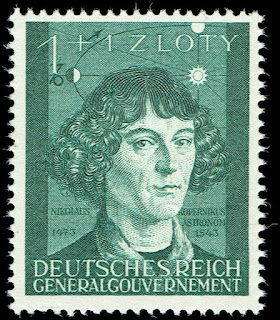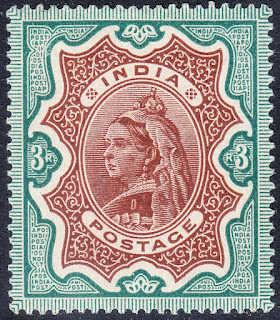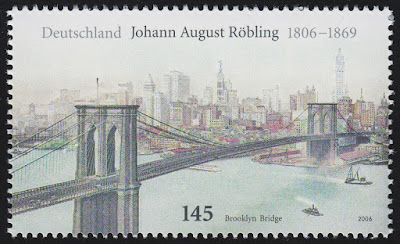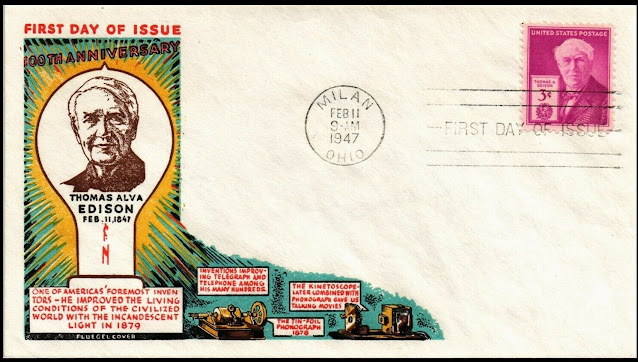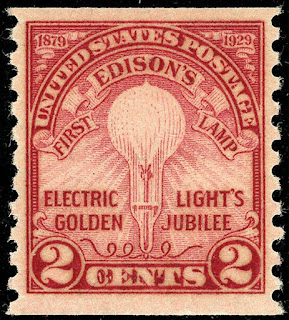The Nobel Prizes (Swedish: Nobelpriset, Norwegian: Nobelprisen) are prizes awarded annually by the Royal Swedish Academy of Sciences, the Swedish Academy, the Karolinska Institutet, and the Norwegian Nobel Committee to individuals and organizations who make outstanding contributions in the fields of chemistry, physics, literature, peace, and physiology or medicine. They were established by the 1895 will of Alfred Nobel, which dictates that the awards should be administered by the Nobel Foundation. The Nobel Memorial Prize in Economic Sciences was established in 1968 by the Sveriges Riksbank, the central bank of Sweden, for contributions to the field of economics. Each recipient, or "laureate", receives a gold medal, a diploma, and a sum of money, which is decided annually by the Nobel Foundation
Here is a list of 1905 Nobel laureates
Physiology or Medicine: Robert Koch, German physician and microbiologist
Heinrich Hermann Robert Koch (11 December 1843 – 27 May 1910) was a German physician and microbiologist. As one of the main founders of modern bacteriology, he identified the specific causative agents of tuberculosis, cholera, and anthrax and gave experimental support for the concept of infectious disease, which included experiments on humans and other animals. Koch created and improved laboratory technologies and techniques in the field of microbiology, and made key discoveries in public health. His research led to the creation of Koch's postulates, a series of four generalized principles linking specific microorganisms to specific diseases that remain today the "gold standard" in medical microbiology.
During his time as the government advisor with the Imperial Department of Health in Berlin in the 1880s, Robert Koch became interested in tuberculosis research. At the time, it was widely believed that tuberculosis was an inherited disease. However, Koch was convinced that the disease was caused by a bacterium and was infectious, and tested his four postulates using guinea pigs. Through these experiments, he found that his experiments with tuberculosis satisfied all four of his postulates. In 1882, he published his findings on tuberculosis, in which he reported the causative agent of the disease to be the slow-growing Mycobacterium tuberculosis.
For his research on tuberculosis, Koch received the Nobel Prize in Physiology or Medicine in 1905. The Robert Koch Institute is named in his honor.
Polish stamps depicting Henryk Sienkiewicz
Bertha Felicitas Sophie Freifrau von Suttner (9 June 1843 – 21 June 1914) was an Austrian-Bohemian pacifist and novelist. In 1905, she became the second female Nobel laureate (after Marie Curie in 1903), the first woman to be awarded the Nobel Peace Prize, and the first Austrian laureate.
In 1889 Suttner became a leading figure in the peace movement with the publication of her pacifist novel, Die Waffen nieder! (Lay Down Your Arms!), which made her one of the leading figures of the Austrian peace movement. The book was published in 37 editions and translated into 12 languages. She witnessed the foundation of the Inter-Parliamentary Union and called for the establishment of the Austrian Gesellschaft der Friedensfreunde pacifist organisation in an 1891 Neue Freie Presse editorial. Suttner became chairwoman and also founded the German Peace Society the next year. She became known internationally as the editor of the international pacifist journal Die Waffen nieder!, named after her book, from 1892 to 1899. In 1897 she presented Emperor Franz Joseph I of Austria with a list of signatures urging the establishment of an International Court of Justice and took part in the First Hague Convention in 1899 with the help of Theodor Herzl, who paid for her trip as a correspondent of the Zionist newspaper, Die Welt.
Upon her husband's death in 1902, Suttner had to sell Harmannsdorf Castle and moved back to Vienna. In 1904 she addressed the International Congress of Women in Berlin and for seven months travelled around the United States, attending a universal peace congress in Boston and meeting President Theodore Roosevelt.
Though her personal contact with Alfred Nobel had been brief, she corresponded with him until his death in 1896, and it is believed that she was a major influence on his decision to include a peace prize among those prizes provided in his will, which she was awarded in the fifth term on 10 December 1905. The presentation took place on 18 April 1906 in Kristiania.
German and Austrian stamps depicting Bertha von Suttner
